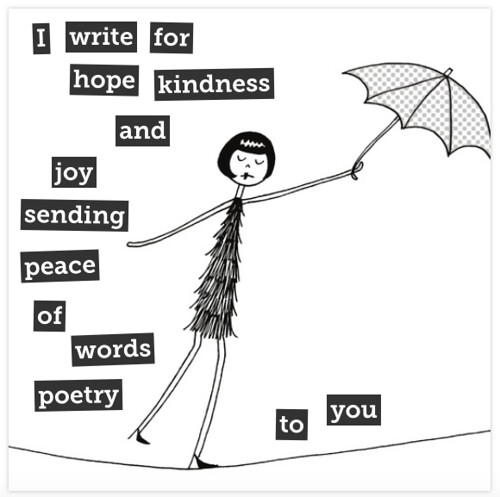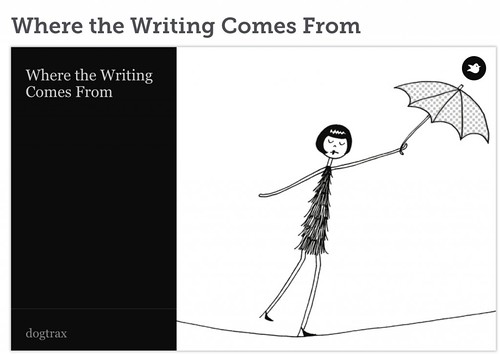 Inside a post the other day, Sheri shared a previous project of hers, in which she used a sketchbook to draw a line into a story of art. I was intrigued by her call at the end of her story (which is part of the Sketchbook Project) for others to join her. Even though the call was from five years ago, I tried to answer it with words via Storybird and its poem creation tool.
Inside a post the other day, Sheri shared a previous project of hers, in which she used a sketchbook to draw a line into a story of art. I was intrigued by her call at the end of her story (which is part of the Sketchbook Project) for others to join her. Even though the call was from five years ago, I tried to answer it with words via Storybird and its poem creation tool.
Read your I Wonder line story from your sketchbook … I love it .. and appreciated your call to make a story, too … so went to make a story with a line in it for you … and found a poem instead via the Storybird poetry tool https://t.co/7PJQqTuqPN #MoDigiWri pic.twitter.com/qpgf3vuBht
— KevinHodgson (@dogtrax) December 28, 2018
Last night, I was still thinking of Sheri’s work in her sketchbook and mulling on the idea of lines as connectors. So I went back into Storybird and decided to use it to create a longer piece — a picture book this time — of how lines connect to writing, connect to people, connect to us. I started the book with the same image/artist as tapped for the above “magnet” poem, and built out from there.
Process Notes:
Storybird is interesting because of the way it upends the traditional writing — where words often inspire image. In Storybird, image and art inspires words. You choose a keyword or a specific artist (as I did here, with Flapperdoodle as artist) and Storybird generates art for you. In the case of its poetry section, you choose an image and then are given a bank of words. This is something Anna noticed when she did a poem there.
drawing a line between a few #modigiwri dots…here’s a Storybird poem inspired by @grammasheri‘s quote that inspired @dogtrax‘s Storybird poem, which inspired my use of Storybird, and then Storybird’s constraint that I couldn’t use my own words inspired this… pic.twitter.com/7TBE5AlaR3
— anna smith (@anna_phd) December 29, 2018
Constraints both hem us in — we can’t do what we wanted to do — and force us to edit or revamp or find a workaround, and sometimes, this is what gives a piece a different feel. Constraints force us out of our comfort zone. That’s not always a bad thing. Anna’s poem is beautiful, despite her narrow options for expression.

from Anna
I admit that I did not have much of a plan when I started Where the Writing Comes From, other than finding art with lines and being inspired by Sheri. Still, the story emerged as I imagined a narrator wondering about her writing, and then she shifts from herself as the center of her story to another as a larger narrative, seeing how worlds intersect with each other, and ending the piece with her writing the story I have been writing about her.
Sometimes, lines bend.
Peace (following it),
Kevin
